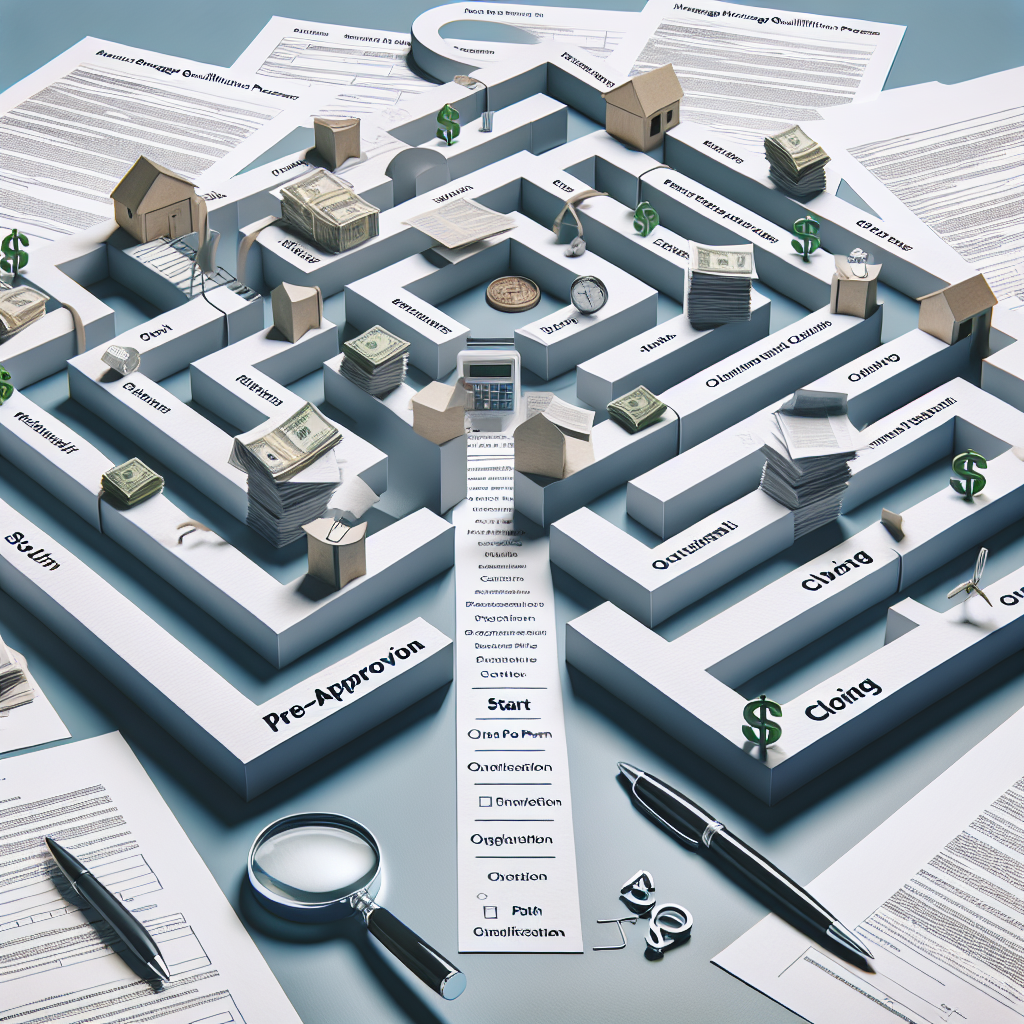Navigating the mortgage qualification process can be a daunting task for first-time homebuyers and seasoned investors alike. Understanding what to expect, from pre-approval to closing, can greatly simplify the journey toward homeownership. This article will guide you through each step of the mortgage qualification process, helping you feel confident and informed at every stage.
Step 1: Understanding Pre-Approval
What is Pre-Approval?
Pre-approval is the first step in the mortgage qualification process. It involves a lender reviewing your financial information to determine how much money they are willing to lend you. This process includes a credit check and an assessment of your income, employment history, and overall financial health.
The Importance of Pre-Approval
Being pre-approved offers numerous advantages:
- Setting Your Budget: Pre-approval gives you a clear understanding of your budget, allowing you to shop for homes within your price range.
- Enhancing Your Credibility: Presenting a pre-approval letter to sellers demonstrates that you are a serious buyer, potentially giving you an edge in competitive markets.
- Streamlining the Process: With pre-approval, much of your financial information is already vetted, simplifying the mortgage application process later.
How to Get Pre-Approved
To obtain a pre-approval, gather necessary documents, usually including:
- Proof of income (pay stubs, W-2s, or tax returns)
- Bank statements
- Evidence of any additional income sources
- Personal identification, such as a driver’s license or Social Security number
Once you have these documents ready, approach several lenders to compare rates and terms, ensuring you find the best option for your needs.
Step 2: Finding the Right Mortgage
Once you are pre-approved, it’s time to explore the various mortgage options available. There are several types of mortgages, including:
- Fixed-Rate Mortgages: Offering a consistent interest rate over the life of the loan, these are ideal for long-term stability.
- Adjustable-Rate Mortgages (ARMs): These start with a lower interest rate that can fluctuate after an initial fixed period, making them attractive for short-term homeowners.
- FHA Loans: Designed for low-to-moderate-income borrowers, these loans often require lower down payments and are accessible for those with less-than-perfect credit.
- VA Loans: Available to eligible veterans and active-duty service members, these loans typically require no down payment and feature favorable terms.
Work with your lender to assess which mortgage product aligns with your financial situation and long-term goals.
Step 3: Application and Underwriting
Once you’ve chosen a mortgage type and finalized a property, the next step is to complete a formal mortgage application. This process usually involves submitting:
- The pre-approval letter
- Updated financial documents
- Information about the property you intend to purchase
The lender will then begin the underwriting process, where they assess your application to ensure you meet their lending criteria. This can include a more in-depth credit check, verification of income and employment, and an appraisal of the home’s value.
What Happens During Underwriting?
During underwriting, the lender will:
- Review Your Financial Information: Ensuring that all details align with the information you provided during pre-approval.
- Order an Appraisal: To determine the fair market value of the home, which impacts both your loan amount and terms.
- Assess Risk: Evaluating potential risks of lending to you based on your financial profile, including debt-to-income ratios, credit scores, and employment stability.
Step 4: Closing the Deal
After underwriting approval, you’ll be ready for closing—a crucial meeting where you complete the purchase of the home. At closing, several key components will occur:
- Reviewing the Closing Disclosure: This document outlines your loan terms, projected monthly payments, and total closing costs. Ensure to review it thoroughly and ask questions if needed.
- Signing Documents: You’ll sign multiple documents, including the mortgage agreement and deed of trust, which legally bind you to the loan.
- Funding: You’ll pay the down payment and closing costs, typically through a wire transfer or certified check.
- Taking Possession: Once all documents are signed and funds are transferred, you’ll receive the keys to your new home!
Conclusion
Navigating the mortgage qualification process— from pre-approval to closing—can seem intricate, but with the right knowledge and preparation, it becomes manageable. Ensuring you understand each step, work with trusted professionals, and maintain clear communication with your lender can make your journey toward homeownership an exciting and successful experience. With a solid foundation built on understanding and preparation, you can move confidently into your new home, ready to create lasting memories.
